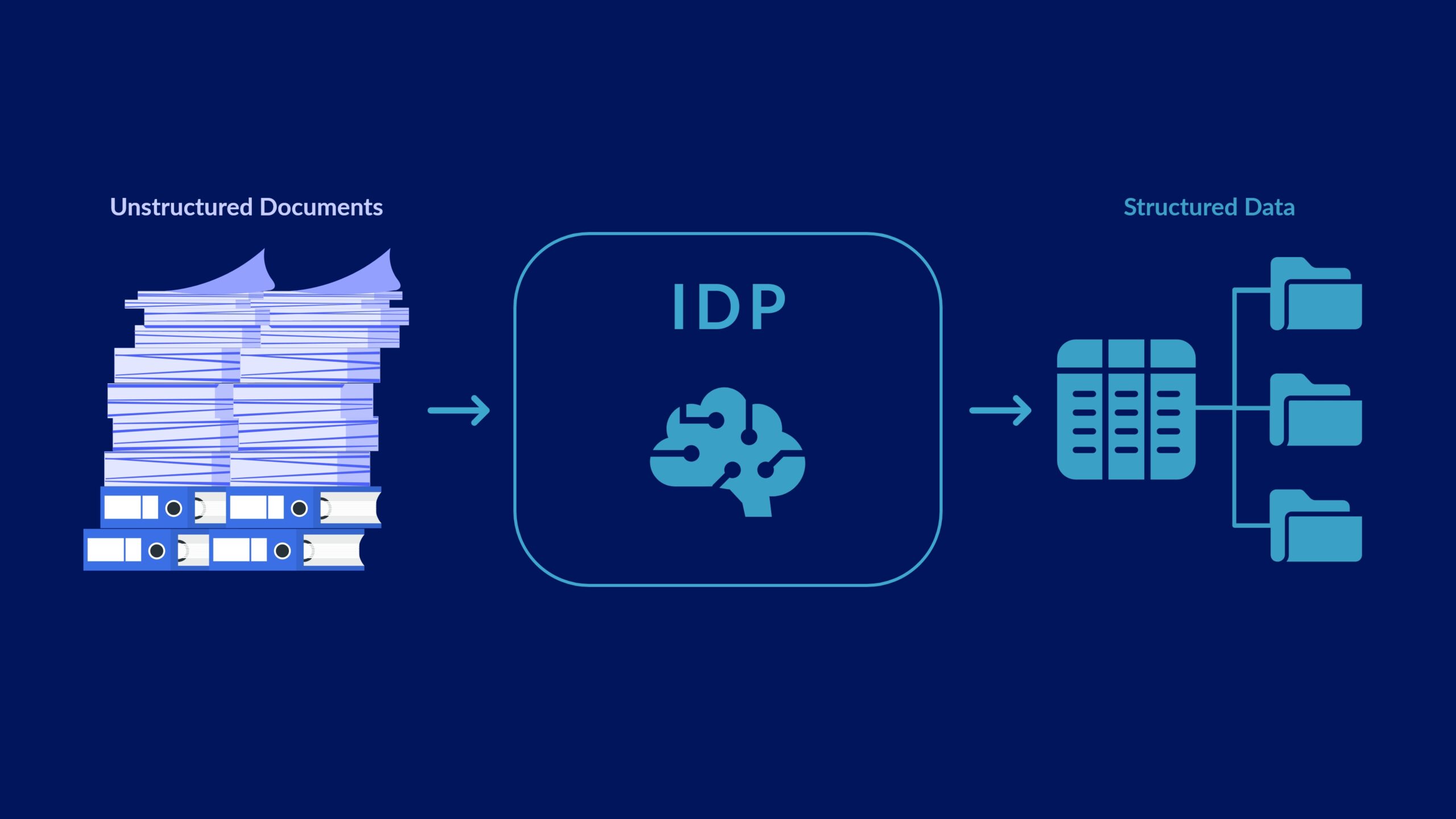IDP typically blends numerous AI technologies, including natural language processing (NLP) and image recognition, to help enterprises rapidly process documents and communications at scale. As business leaders ponder how to use the latest AI tools to drive real value in their organizations, IDP is a great use case to start with for its fast returns and major impact on efficiency. Indeed, Forrester analysis for UiPath shows that technology decision makers see ‘transformative value’ in document automation use cases like knowledge management support (48%), data extraction and routing (43%), and document-based Q&A (40%).

However, this raises the question: to build or to buy? It’s important to assess all options and consider which approach to IDP can deliver the highest return on investment, the best performance, and the fastest time to value. For most businesses, the right option is to buy an existing IDP solution. I’ll explain why:
Build your own (BYO) IDP
With the rise of publicly available large language models (LLMs), and the growing availability of supporting APIs, enterprises have never had more tools to help them build custom IDP systems. However, lots of tools in your toolbox don’t make the actual task any easier.
In a BYO IDP system, each component (from language understanding to data extraction and automation) will need to be built from scratch or, more likely, sourced from multiple third party providers. For example, to supply the necessary NLP component to understand documents and communications, a business might build its IDP system around an external generative AI (GenAI) model from a cloud provider or hyperscaler.
A BYO IDP system provides a business with end-to-end ownership and greater customization potential compared to vendor solutions. They have the flexibility to adapt their system to changing business needs, without having to work with another organization. However, in most cases, these benefits are outweighed by the key challenges of the BYO approach:

Cost
It’s a common misconception that BYO is cheaper than paying for IDP as a service. In most cases, this isn’t true in the short or long term. Developing and then maintaining your own IDP system demands significant time and expensive specialist talent. You need software developers to create the platform and user interface (UI), data scientists for data preparation, pre- and post-processing, and many other experts for tasks like monitoring performance (which you’ll need to create your own reporting dashboards for), as well as auditing and logging. Consider that even third party GenAI models require AI specialists and engineers to fine-tune the chosen model to exact business requirements.
Maintaining your own platform also necessitates continuous updates and resources. Any BYO system that requires data annotation will need training materials for users, and these will have to be updated to reflect your user interface.
